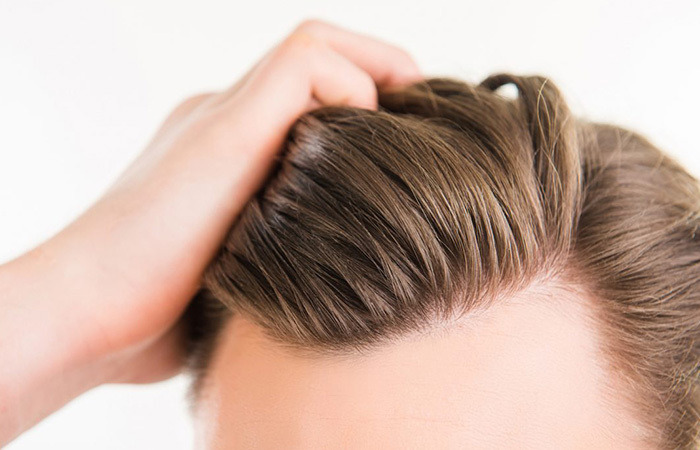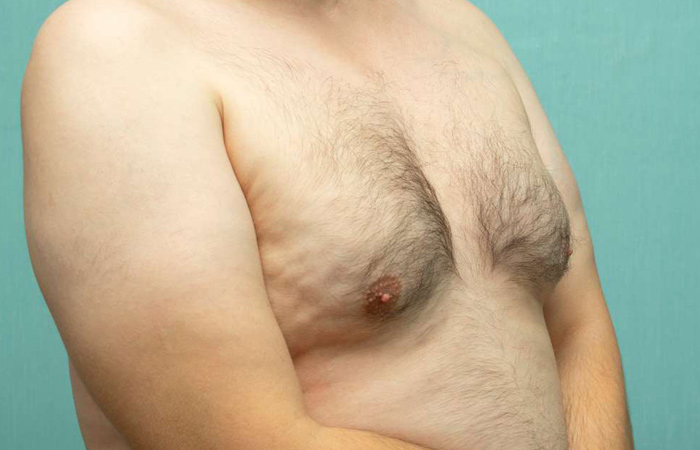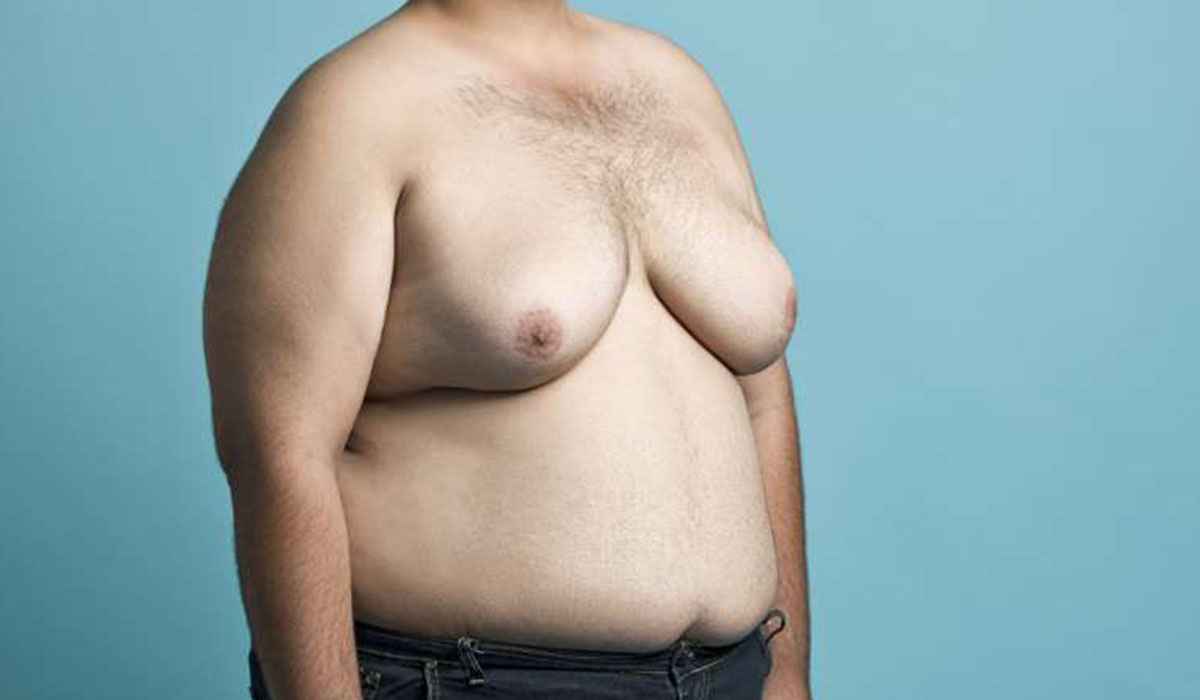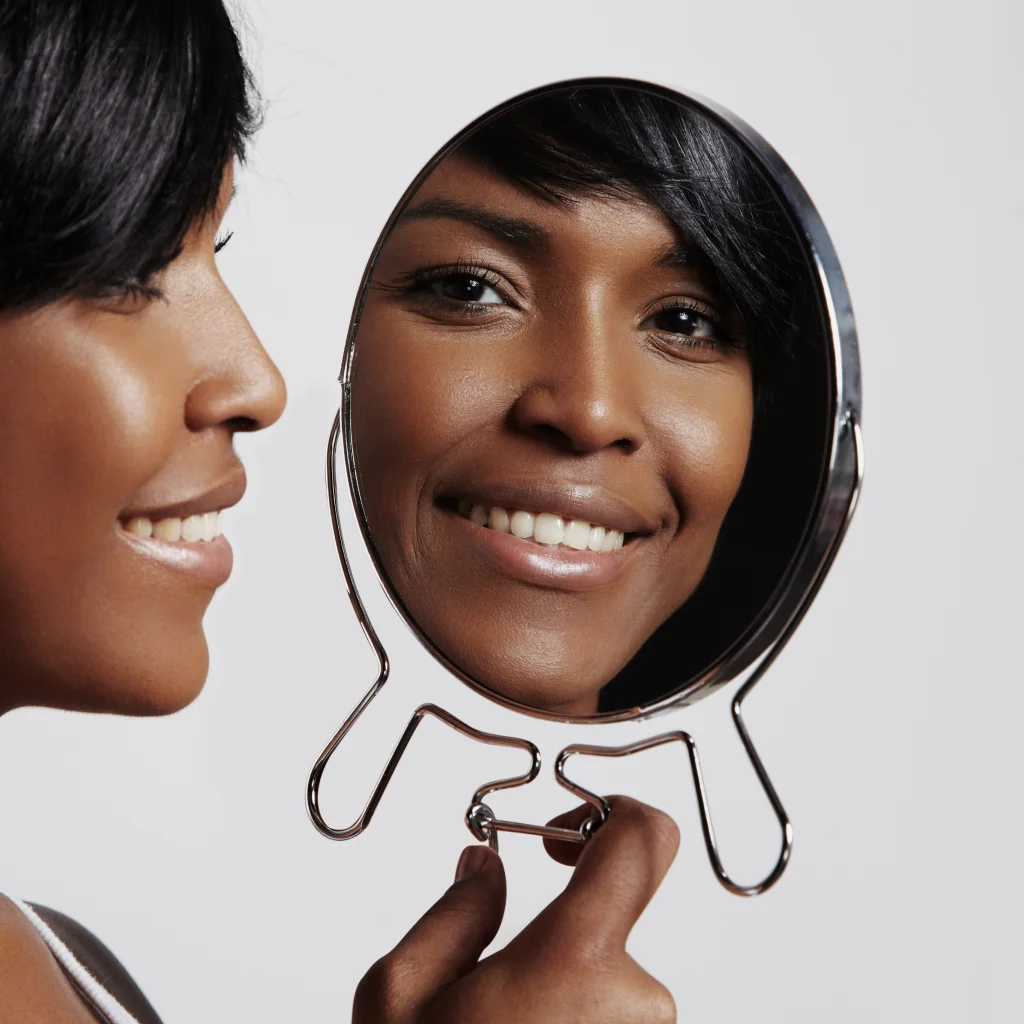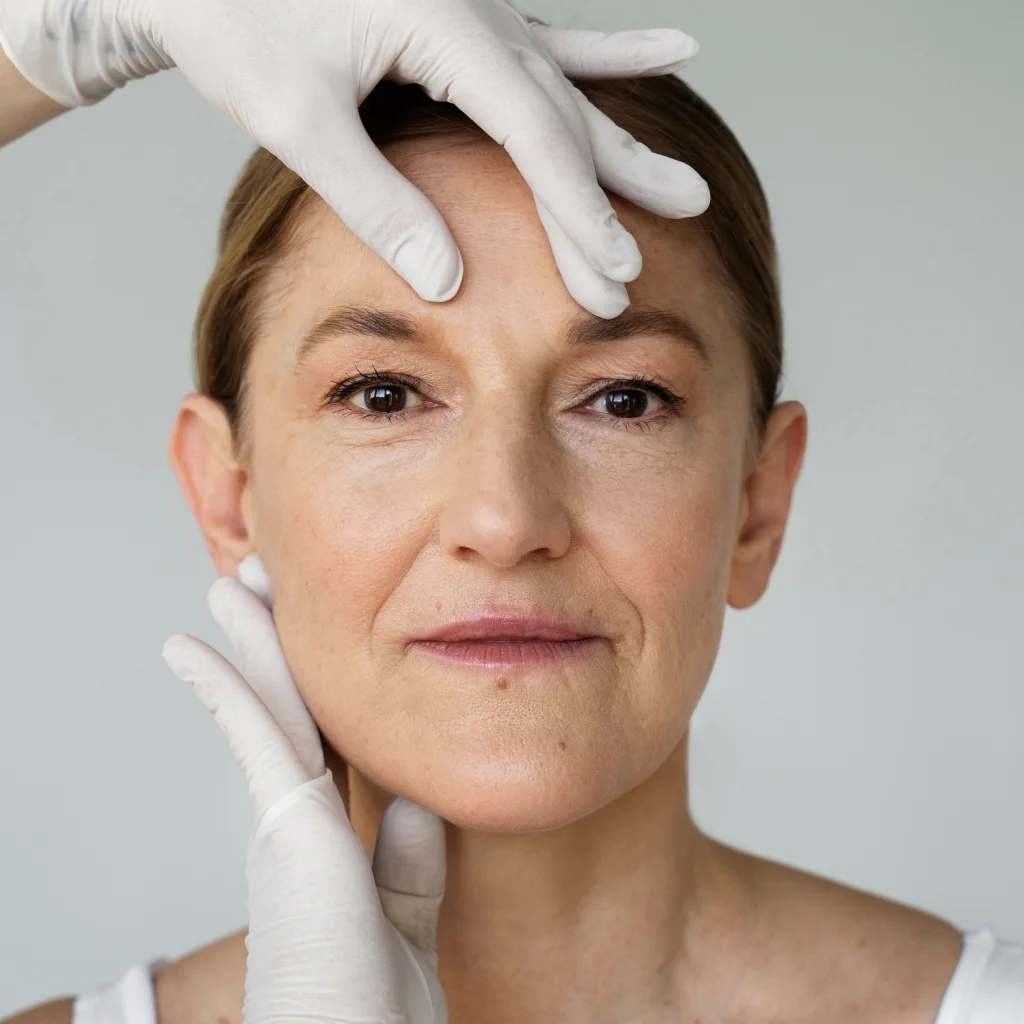Hair transplant success rates is influenced by a variety of factors that differ from one person to another. So, what are these factors, and what guidelines should you follow to ensure a successful experience? Continue reading the following article to learn the answers to these questions, discover the procedure’s success rate, and explore the most important information related to it.
Hair Transplant Success Rates
Research indicates that the success rate of hair transplantation ranges between 90% and 98% in specialized clinics, with most transplanted follicles growing naturally within a year after the procedure. For instance, studies show that the FUE (Follicular Unit Extraction) technique achieves a success rate exceeding 95%, while the DHI (Direct Hair Implantation) technique may reach up to 97% in certain cases.
What Is the Hair Transplant Success Rates at Dr. Sherif Hegazy’s Center?
Dr. Sherif Hegazy’s Diamond Aesthetics Center for Body Contouring and Hair Transplantation has achieved some of the highest hair transplant success rates, with results consistently ranging between 95% and 96%.
Dr. Sherif Hegazy, the founder of the center, has performed hundreds of hair transplant procedures for both men and women, totaling over 10,000 successful surgeries using the latest and most advanced techniques in the field.
Factors Affecting Hair Transplant Success Rates
As mentioned, several factors influence the success rate of hair transplantation, including:
- The surgeon’s experience – The operation should be performed by a qualified and experienced hair transplant specialist.
- Clinic technology and equipment – A clinic equipped with state-of-the-art transplant tools and techniques ensures higher precision and more natural results.
- Patient compliance – Following medical advice and post-operative care instructions is crucial for optimal outcomes.
- Absence of complications – Avoiding infections or mishandling the transplanted area helps prevent follicle damage and supports faster recovery.
- Individual factors – The quality and texture of the patient’s hair, scalp health, vitamin levels, and genetic factors affecting hair loss all play a role in determining the final outcome.
Criteria for a Successful Hair Transplant
The success of a hair transplant is measured according to several key criteria:
- Hair growth: The procedure is considered successful if more than 90% of transplanted follicles grow naturally.
- Density and natural appearance: The new hair should blend seamlessly with existing hair in direction, texture, and color.
- Patient satisfaction: Meeting the patient’s expectations is a major indicator of success, typically assessed after one year.
- Absence of complications: No significant infections or visible scarring should occur, reflecting the quality of the surgery.
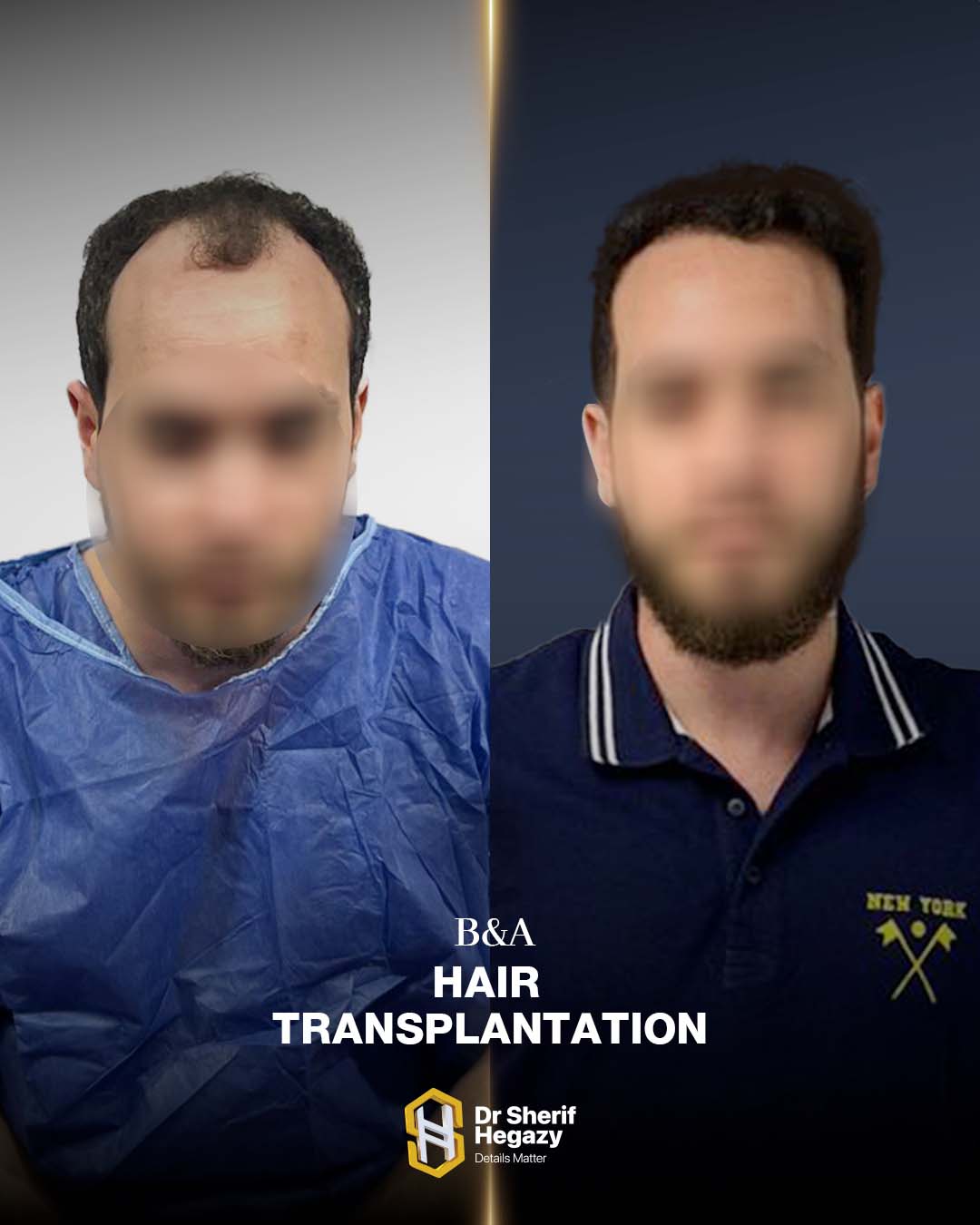
Tips for Achieving the Best Hair Transplant Results
Visible results usually begin to appear around the third month, as new hair starts to grow and thicken. By the sixth month, most bald areas are covered, and the final results typically emerge within 12 to 18 months. To maintain long-term results, consider the following recommendations:
- Use medical products prescribed by your doctor during recovery and after results appear.
- Follow up on booster treatments such as PRP (Platelet-Rich Plasma), stem cell therapy, or mesotherapy if recommended.
- If hair loss is hormonal or hereditary, your doctor may suggest using Minoxidil to preserve results.
- Schedule regular check-ups and blood tests once or twice a year to monitor vitamin and iron levels.
- Maintain a healthy hair care routine, avoid harsh drying, prevent breakage, and keep the hair well-hydrated.
Common Misconceptions About Hair Transplant Success
“Hair transplants are 100% guaranteed.”
While the success rate is very high, no medical procedure is completely guaranteed. Choosing a qualified and certified clinic greatly improves the chances of success.
“Results are immediate.”
Final results require 12 to 18 months, and some temporary hair shedding is normal during the first few weeks.
“Hair transplants suit everyone.”
Not all candidates are suitable—especially those with weak donor areas or underlying scalp conditions.
“Old techniques are sufficient.”
Modern techniques such as FUE and DHI deliver better, more natural, and longer-lasting results compared to traditional FUT methods.
Now that you understand the success rate of hair transplants, the factors influencing the outcome, and how to maintain results, feel free to contact us via WhatsApp if you have any further questions.

